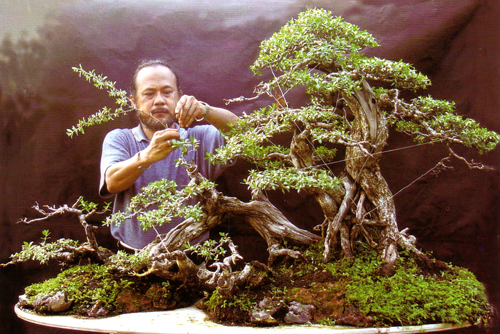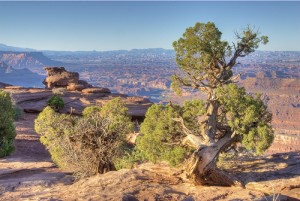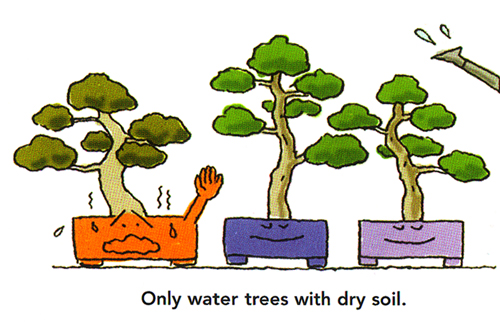 This illustration by Kyosuke Gun is from our Masters’ Series Juniper book. It is a perfect fit for this post that is borrowed from Michael Hagedorn’s Crataegus Bonsai.
This illustration by Kyosuke Gun is from our Masters’ Series Juniper book. It is a perfect fit for this post that is borrowed from Michael Hagedorn’s Crataegus Bonsai.
Before the real summer heat hits, consider how you are watering your trees.
Have you ever seen your trees grow through spring just fine, only to get fried leaves at the first onset of early summer? Ever wonder why that happens?
Those trees just don’t have enough roots. Those are the trees that got overwatered, or simply never dried out, in the cool spring months. Their roots were never encouraged to hunt out water, so these trees could survive in the moist cool weather on about three roots. First hot day: bam, they get hit hard as they have a spindly root system, not enough to support their overlarge, over long leaves and shoots on dry hot days. (A bonsai version of a company that has overspent just before a recession…)
Especially on cool overcast days, if you can monitor them, water each tree only when it is really drying out and not by rote. Watering by a schedule is the surest way to have some really weak trees that show themselves in the hot summer!
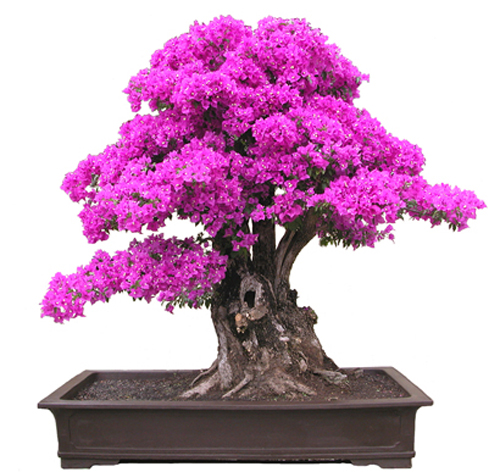
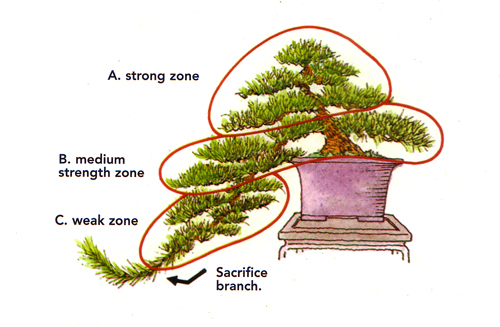 It’s good to think in terms of zones when discussing energy balancing. Especially with cascade bonsai, which present unique challenges. The illustrations in this post are all from our
It’s good to think in terms of zones when discussing energy balancing. Especially with cascade bonsai, which present unique challenges. The illustrations in this post are all from our 
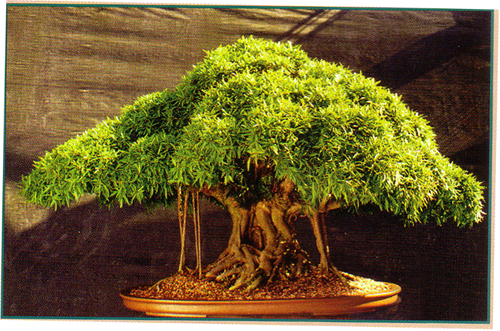 Your bonsai may never look like this, but they can be this healthy. This magnificently robust Willow leaf ficus (Ficus nerifolia) is by
Your bonsai may never look like this, but they can be this healthy. This magnificently robust Willow leaf ficus (Ficus nerifolia) is by 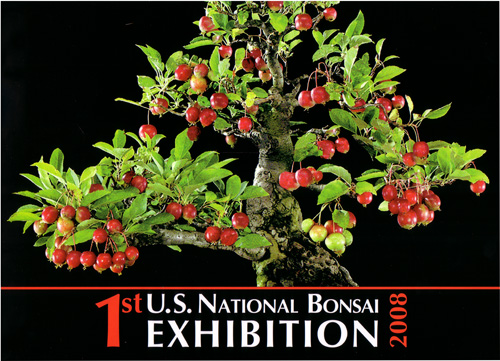
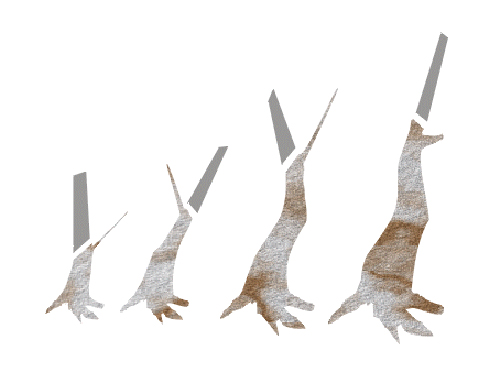 These simple
These simple 